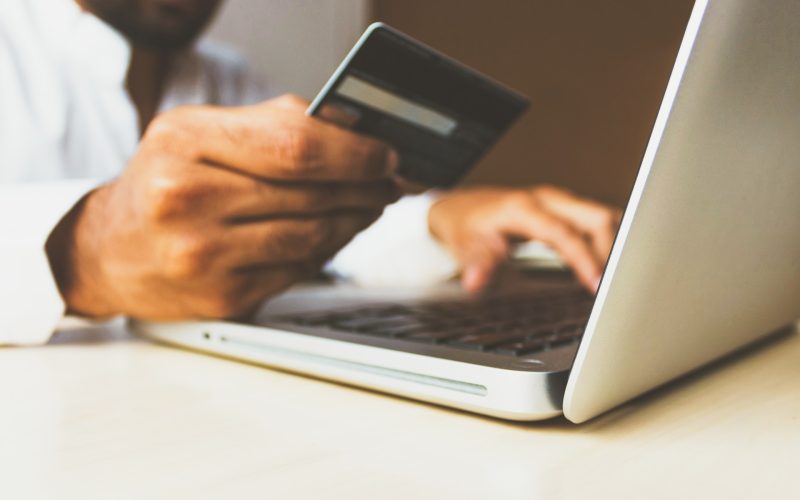Money in the App Zone: Exploring the Hidden Risks of Venmo, Cash App, and Similar Platforms
I. Introduction
Peer-to-peer payment platforms like Venmo, Cash App, and similar services have gained immense popularity in recent years. These digital payment apps allow users to send and receive money conveniently with just a few taps on their smartphones. However, with the increasing usage of these platforms, it is important to understand the potential risks involved. In this article, we will delve into the functionality of these apps, examine the privacy and security concerns, discuss financial implications, and provide tips for managing risks.
II. Understanding the functionality and features of peer-to-peer payment platforms
A. How Venmo and Cash App work
Venmo and Cash App operate by linking users’ bank accounts or credit cards to their app profiles. This allows users to transfer money digitally to friends, family, or even merchants. Transactions are executed instantly, providing a convenient and efficient way to split bills, reimburse friends, or make purchases.
B. Additional features and services offered
In addition to basic money transfers, these platforms offer supplementary features. Users can split bills among a group, request payments from others, and even integrate the apps with online or in-store merchants for seamless transactions. The convenience and versatility of these services have contributed to their widespread adoption.
III. Privacy and security concerns
A. Sharing personal information and transaction details
One concern with peer-to-peer payment platforms is the level of privacy they afford. Some platforms have public transaction feeds by default, displaying users’ transactions to their network. While privacy settings can be adjusted, the potential risks of exposing personal spending habits to unintended audiences should be considered.
B. Fraud and scams on peer-to-peer payment platforms
Fraudulent activities are not uncommon on these platforms. Scammers may attempt to impersonate others or use phishing techniques to gain access to users’ accounts. Unauthorized transactions and breaches can also occur, potentially resulting in financial loss.
IV. Financial implications and consumer protection
A. Disputes and resolution mechanisms
When faced with unauthorized transactions or fraudulent activities, peer-to-peer payment platforms typically have policies in place to address such issues. Users can report incidents and seek resolution through customer support. It is crucial to understand these processes and familiarize oneself with the platforms’ terms and conditions.
B. Lack of federal oversight and regulatory framework
One challenge associated with these platforms is the lack of comprehensive federal oversight and regulatory framework. Consumer rights and legal protections may vary, and users should be aware of the potential risks of using unregulated platforms.
V. Managing risks and protecting oneself on peer-to-peer payment platforms
A. Best practices for securing accounts and transactions
To mitigate risks, users should employ best practices for securing their accounts and transactions. This includes setting strong passwords, enabling two-factor authentication, and regularly monitoring transactions and account activity for any suspicious behavior.
B. Being cautious with transactions and contacts
It is important to exercise caution when making transactions and interacting with contacts on these platforms. Verifying recipients, double-checking payment details, and reporting any suspicious activities are essential steps to protect oneself from scams or fraud.
VI. Conclusion
Peer-to-peer payment platforms offer convenience and ease of money transfers, but they also come with inherent risks. Understanding the functionality, privacy concerns, and financial implications of using these platforms is crucial for users to protect themselves. By following best practices and staying vigilant, individuals can navigate the digital payment landscape safely and securely.












